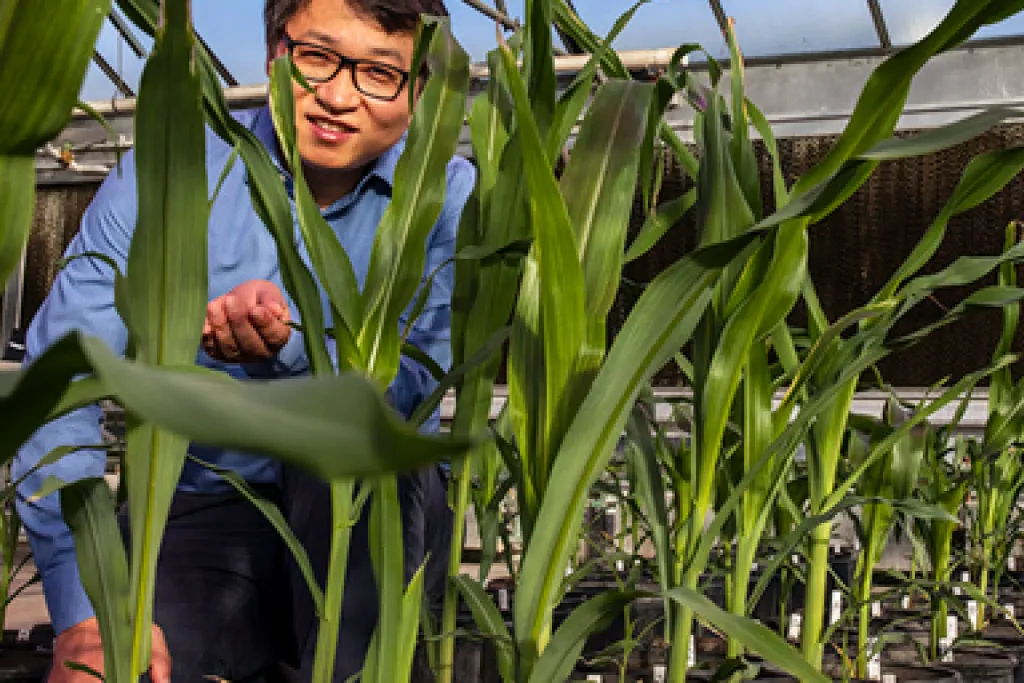
Roughly 9,000 years ago, Native American farmers in southern Mexico began domesticating teosinte, the wild ancestor of modern corn. Whereas the ancient teosinte plant produces hundreds of slender, thumb-length ears with no more than a dozen rock-hard kernels, a foot-long ear of modern maize can boast more than 500 chewable ones.
Those differences, and many others, manifested from differences in genetic code. New research led by the University of Nebraska–Lincoln’s Jinliang Yang has begun to reveal how activating and deactivating genes, rather than swapping them out or rewriting them, may also have directed the evolution of maize.
The researchers received support from USDA’s National Institute of Food and Agriculture, the National Science Foundation and the NIH’s National Institute of General Medical Sciences. For more information, read the University of Nebraska article.

